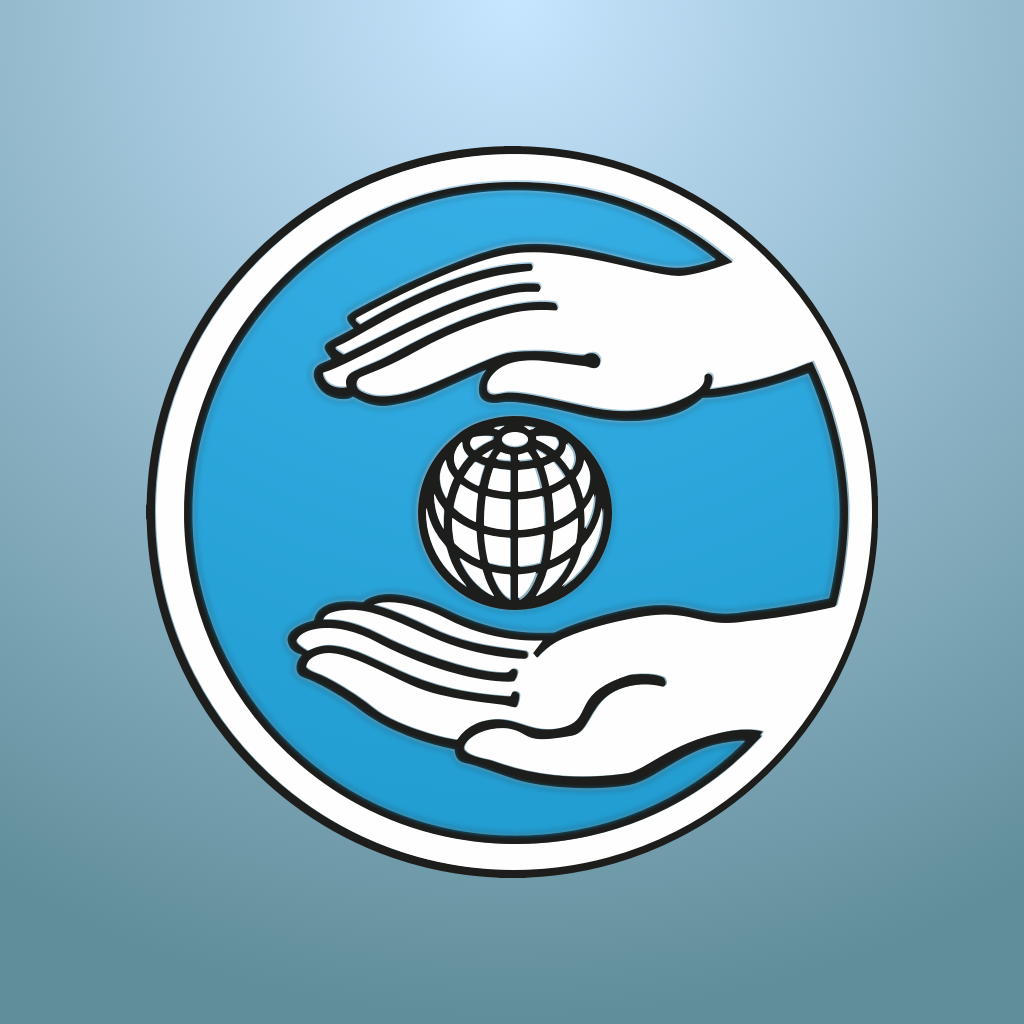Have you ever swum deep in the sea, holding your breath as much as you can? If so, you are familiar with the frantic feeling to breathe, forcing you to resurface like a submarine. Simply said, if there is no breath, there is no life! As we devote every second of our existence to breathing, we are all devotees of amazing proportions when it comes to the breath! Without oxygen, we can only sustain life for a few minutes, while trained divers can survive for up to 15 minutes.
Being aerobic in nature, we must breathe. Oxygen is vital to release energy into our cells, without which, they cannot release energy from the food we eat. Our bio-system, therefore, is quite fragile, for it depends not only on our continuous breathing to replenish the oxygen, but our regular intake of water and food for our energy. Life ceases to exist literally after several days without water, and a month or so without food. The trio of breathing, drinking, and eating is essential for the sustenance of life. It is the ‘Tier One’ activity, which all human beings pursue relentlessly to remain alive.
Air is indeed free; it’s something that we simply breathe in. Water and food, on the other hand, are resources, which can only be acquired through the exchange of wealth. Such wealth grants us shelter, clothing and transportation – dimensions of life that constitute our ‘Tier 2’ level of sustenance. We engage in work or business enterprise, to generate the wealth we need to survive.
Human beings can survive on very little, but for a better social status that generates more wealth, fame, and power, we pursue an even higher tier of existence – we may call this, ‘Tier 3’. Some people become so engrossed in this endeavour, that they begin to view wealth, fame, and power as if they were air, water, and food! Such a pursuit of wealth, power and fame is primarily for reasons of control. The greater our Tier 3 resource, the more choice, privilege and influence we have. This level of control tends to create even more wealth, power, and fame, and so the cycle perpetuates. We then enact our lives at the even higher level of sustenance – ‘Tier X’.
Advancing through these manifold tiers of sustenance is a huge ego builder. Ego, that superficially elevates us above the many, creates self-importance, allowing us to justify the exploitation of others. When we view others as less than our selves, the ease of writing off humanity becomes second nature.
Why is humanity so devoted to the creation, as opposed to the Creator? This is probably because our physical existence depends on it. We all attach ourselves, however wealthy or otherwise, to the creation or earth which keeps on giving. The wealth that God has packed into this planet is more than we will ever know. Some say it is limited and unable to sustain the billions, but I believe it can sustain billions more! Greed has imbalanced God’s blessings to humanity. What one person has been gifted by God, is simply not shared with others.
Why not devote our existence to God – God who has surely devoted Himself to us. Some say God has abandoned humanity, but in actual fact it is humanity who has abandoned God. Many live solely for themselves, taking advantage of others, even killing if it serves their purpose. When the social order polarises people into have and have-nots, those surviving on lower tiers of existence have shorter life spans and poorer health outcomes. Having gotten so far off course, we wonder how and where we took the wrong turn, off the highway of humanity.
Devotion to God is actually devotion to a special, peaceful way of life – i.e. the ultimate blissful existence. God created a universe that operates on disciplined protocols on the basis of which the human race has developed scientifically and technologically. God, who desires us to live blissfully, also allows us the benefit of free will, the choice between right and wrong, good and evil. We can live in chaos or in harmony. We can live in hate and heartache, or in love and serenity. If we choose wisely, we can be co-creators of the most exuberant existence – not just individually, but as a collective.
Devotion to the Creator (God), instead of creation, brings us into alignment with the Divine. But it is always an introduction to God, by an enlightened soul, that allows us to strike up a real relationship with Him. When this relationship blossoms, oneness with God takes place as a matter of routine.
When we come to know God at that level, the physical creation is assigned only the priority it deserves, not more. We no longer confuse our survival needs with the pursuit of greater status, prestige, and power. We service our material needs, rather than living in servitude towards them. After all, it is the Creator God who gives rise to creation. As all things emanate from God, those who have a symbiotic relationship with Him, discover they already have what they need, and are secure in the understanding that their future needs will also be taken care of. Contrarily, if our relationship goal with God is based on the acquisition of wealth, power, and status, it is not a true or sincere relationship. Those devoted to God live contentedly – if they have more resources, they live thankfully and share freely. If they have less, they remain faithful to God in the knowledge He will provide for their needs. With God, we enjoy a special kind of wealth which is not of this world.
Surrender or devotion to God’s way of living must be genuine. As children, we sometimes put our parents’ shoes on. Although we walked around the house, imitating mom or dad, we were never stable; we would trip and fall down, wearing such oversized shoes. This is the learning process of the human child, through imitating the parents. As we trip and fall, walking in His footsteps, God also catches and protects us. Such a process amounts to emulating God Himself, who fills us with compassion, tolerance, forgiveness, and humility. We find our way back to the humanity we had lost.
Just as we are devoted to Him, God is also devoted to us, though such devotion is incomprehensible! When parents responsibly take care of their child, they do whatever it takes to protect and teach the child, so that they may succeed in life. Parents watch from afar as the child grows, in order not to encroach upon their life. God also watches from a sublime state, ensuring our eternal care.
God created the universe for us! Someday, we will leave this child’s sandbox called earth to reach for the stars – i.e. fulfilling our destiny. This blessing, however, can only take place through our total devotion and surrender.
– Daniel J. Slebodnik, Washington D.C., U S A





